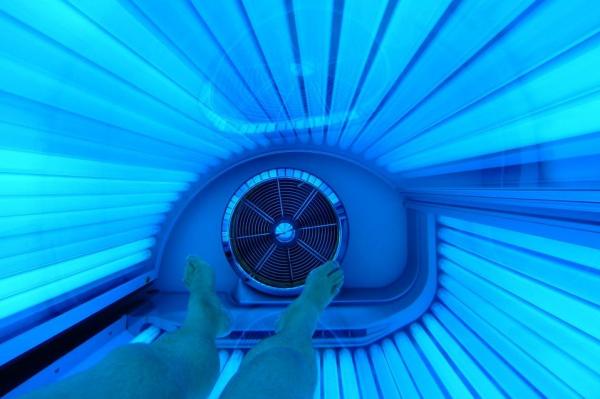
March 5 (UPI) — The number of teens getting indoor tans has decreased over the last six years, according to a new study by the Centers for Disease Control and Prevention.
Indoor tanning has been linked to an increased risk of skin cancers like melanoma, the deadliest form of skin cancer, which has led to a popular backlash against the practice — especially among teenagers.
The new study looked at the prevalence of indoor tanning from 2009 to 2015 and its impact on the incidence of sunburn in 2015 among U.S. high school students.
Researchers say indoor tanning by teens decreased from 15.6 percent in 2009 to 7.3 percent in 2015.
The group with the highest incidence of indoor tanning was non-Hispanic white females, although the number of non-Hispanic white females using indoor tanning also dropped from 37.4 percent in 2009 to 15.2 percent in 2015.
The study also found that indoor tanning was linked to an increased chance of sunburn, with three-quarters of indoor tanners reporting at least one sunburn from tanning.
In a second study by the CDC, researchers examined the incidence of sun safety taught at schools and any impact it has on adolescent tanning habits.
The analysis of U.S. school-level data from 2014 showed sun safety practices were not common in schools, with high schools less likely to adopt sun safety policies than elementary and middle schools.
The study found 47.6 percent of teachers gave students adequate time to apply sunscreen at school, while just 13.3 percent of schools made sunscreen available for students.
“Although skin cancer is the most common form of cancer in the United States, school practices that could protect children and adolescents from exposure to UV radiation from the sun while at school, and that could change norms about sun safety practices, are not common,” researchers stated in a press release.
“Many practices would cost little to implement and would support other messages targeted toward children, adolescents, adults and parents with an aim to reduce skin cancer morbidity and mortality.”
The studies were published in JAMA Dermatology.






